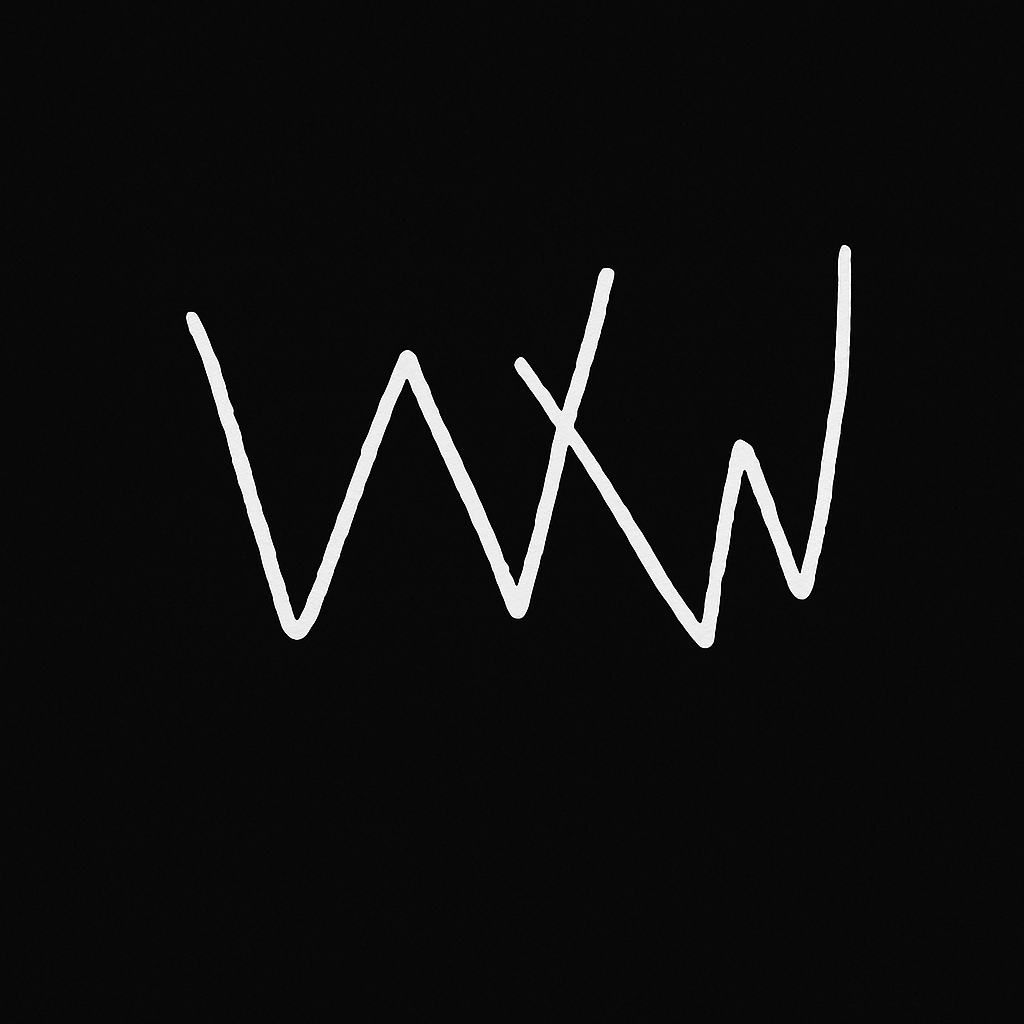Why more tools mean less sales?
Published: 11/13/2025
Every week, a new sales tool promises to revolutionize your workflow. Another CRM. Another analytics dashboard. Another communication platform. Another AI assistant.
But here's what's actually happening: salespeople are drowning in tools built by people who've never sold anything.
The average salesperson now juggles 10+ applications daily—WhatsApp, LinkedIn, email, Slack, HubSpot, calendars, note-taking apps, and countless others. Each switch costs time. Each login adds friction. Each interface demands a learning curve.
And while tech founders celebrate their "comprehensive solutions," sales teams are burning hours learning systems they'll abandon in three months.
Here's the uncomfortable truth: most sales tools are designed by engineers and product managers who've never closed a deal in their lives.
They don't understand that:
- Salespeople think in conversations, not databases
- Speed matters more than features
- Complexity kills adoption faster than poor results
- A tool that requires "training" is already failing
These builders optimize for feature lists and investor pitches, not for the frantic reality of managing 20 client conversations while preparing for tomorrow's demo.
The result? Tools that look impressive in screenshots but collapse under real-world pressure. Sales teams revert to spreadsheets and sticky notes because at least those don't crash or require three clicks to see who needs a follow-up.
Let's talk numbers. The average salesperson loses 2.5 hours daily switching between applications. That's half their productive time gone, not selling, but managing the tools meant to help them sell.
The cognitive cost is even worse:
- Mental context switching reduces focus and decision quality
- Information fragmentation means critical details slip through cracks
- Tool fatigue leads to shortcuts that undermine the entire system
- Training overhead steals time from actual selling activities
Every new tool adds another tab, another password, another workflow to remember. Junior and mid-level salespeople, already overwhelmed with quota pressure, get buried under productivity theater that produces everything except results.
What salespeople actually need?
Stop for a moment and ask: what does a salesperson do all day?
They talk to people. They follow up. They remember promises. They respond quickly. They move deals forward.
That's it.
So why do we force them into systems designed for project managers, data analysts, and operations teams?
The "zero-thinking" solution
The future of sales tools isn't more features - it's radical simplicity:
1. Unified communication: Stop forcing salespeople to check five platforms. Bring WhatsApp, email, LinkedIn, and Telegram into one view. Let them see every client conversation in one place without the mental gymnastics of "was that message on WhatsApp or email?"
2. Intelligent reminders: Don't make salespeople hunt for who to follow up with. Push them a daily notification: "Follow up with Sarah about pricing" or "Check in with Mike - it's been 3 days." The tool should do the thinking; the salesperson should do the selling.
3. Instant AI guidance: When a prospect asks a tough question, salespeople shouldn't scramble through training docs. An AI coach should instantly suggest: "Here's how to handle this objection" or "Mention this case study - it's perfect for their situation."
4. Gamification that actually motivates: Track daily completions. Celebrate streaks. Unlock advanced features as rewards. Make the tool itself engaging instead of another chore to complete before "real work."
5. Real CRM integration Connect seamlessly to existing systems, but never force manual data entry. Auto-log conversations. Auto-update deal stages. Let the CRM stay updated while the salesperson stays focused.
The solution isn't abandoning sales technology - it's building it with salespeople, not for them.
This means:
- Involving real sales teams from day one, not launching and hoping
- Optimizing for speed over features, because closed deals beat documented processes
- Designing for distraction, since sales happens in chaos, not quiet offices
- Measuring actual outcomes, like conversion rates and deal velocity, not "user engagement"
Great sales tools don't add to the workflow - they become the workflow. They disappear into the salesperson's day, leaving only results behind.
If you're building a sales tool, ask yourself one question: Would this help someone close a deal today, or just impress investors tomorrow?
If you're a salesperson drowning in tools, demand better. Stop accepting "comprehensive platforms" that comprehensively waste your time. Push for tools that respect how you actually work.
The goal isn't to make salespeople better at using tools. It's to make tools better at supporting salespeople.
Because at the end of the day, nobody closes deals by mastering software. They close deals by having great conversations - and the best tools simply clear the path to those conversations.
Salespeople don't need another app. They need to stop switching between apps. They need instant guidance, automatic reminders, and workflows so simple they become invisible.
Less clicking. More closing.
That's the real revolution. So try WiseWolf now!
